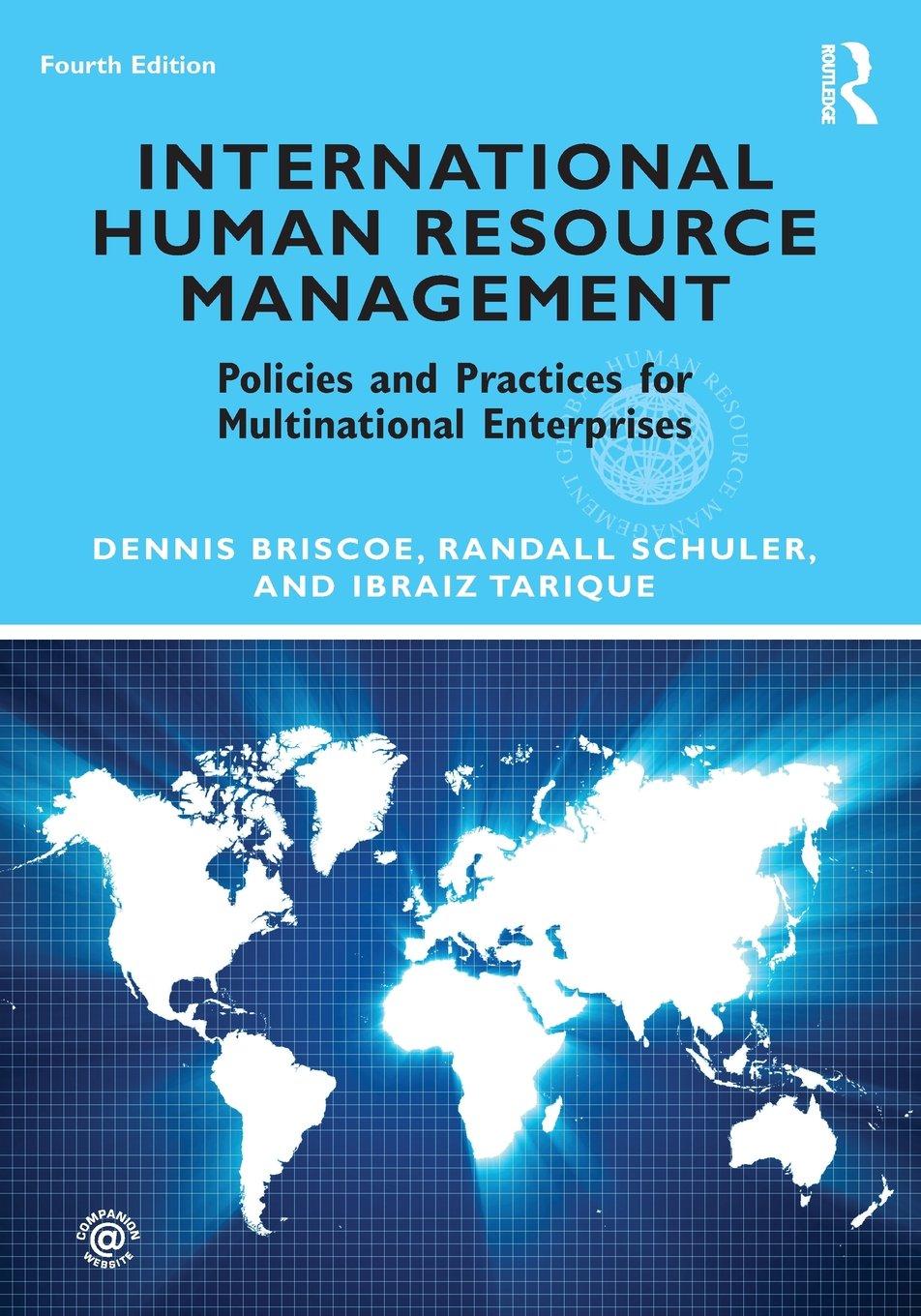Accessing everything you have learned in this course, what problems would you anticipate for implementation of Rio
Question:
Accessing everything you have learned in this course, what problems would you anticipate for implementation of Rio Tinto's HR efforts as described in this case? Which of these efforts do you see as specifically undertaken to create a global HR? CASE 15.2: Rio Tinto: Going Global to Last (UK)
Rio Tinto is a US$54 billion, 140-year-old international mining company, headquar¬ tered in London. It was originally formed by English investors in 1 873 to mine ancient copper workings in Spain. It was incorporated in 1 905, with today's company formed in 1962 with basic UK and Australian businesses, which were merged in 1997 to form today's Rio Tinto Group, with operations in more than 50 countries.
When the global recession hit in late 2008, greatly impacting the mining sector, the Group announced a global workforce reduction of 14,000 employees and contractors out of 100,000 employees and thousands of contractors. Global HR was challenged to accomplish this incredibly difficult task with speed and sensitivity.
Three teams were established to coordinate HR efforts across the globe: the Americas, Europe, Middle East, and Africa, and Australasia. Of course, the downsizing had to take place while HR continued to support the business-and while reducing its own staffs. The leaders of HR were prepared to meet these challenges largely because they had been involved in the initial business discussions and understood the necessity for the downsizing.
In the words of Andrew Slentz, vice-president of People and Organization Support for Rio Tinto Group, Americas:
Equipped with a common global approach, regional severance policies, a comprehensive database, measurement tools to track the full impact of reduc¬ tions, and global providers for outplacement, we completed most of the reduc¬ tions in the first quarter of 2009. Early identification of high-potential leaders and workers with critical skills allowed us to move staff around internally to retain as much talent as possible. We also trained managers to help remaining employees stay focused. As a result, our chief executive was able to report on our progress to the market with confidence.
Step by Step Answer:

International Human Resource Management Policies And Practices For Multinational Enterprises
ISBN: 9780415884754
4th Edition
Authors: Dennis Briscoe, Randall Schuler, Ibraiz Tarique





